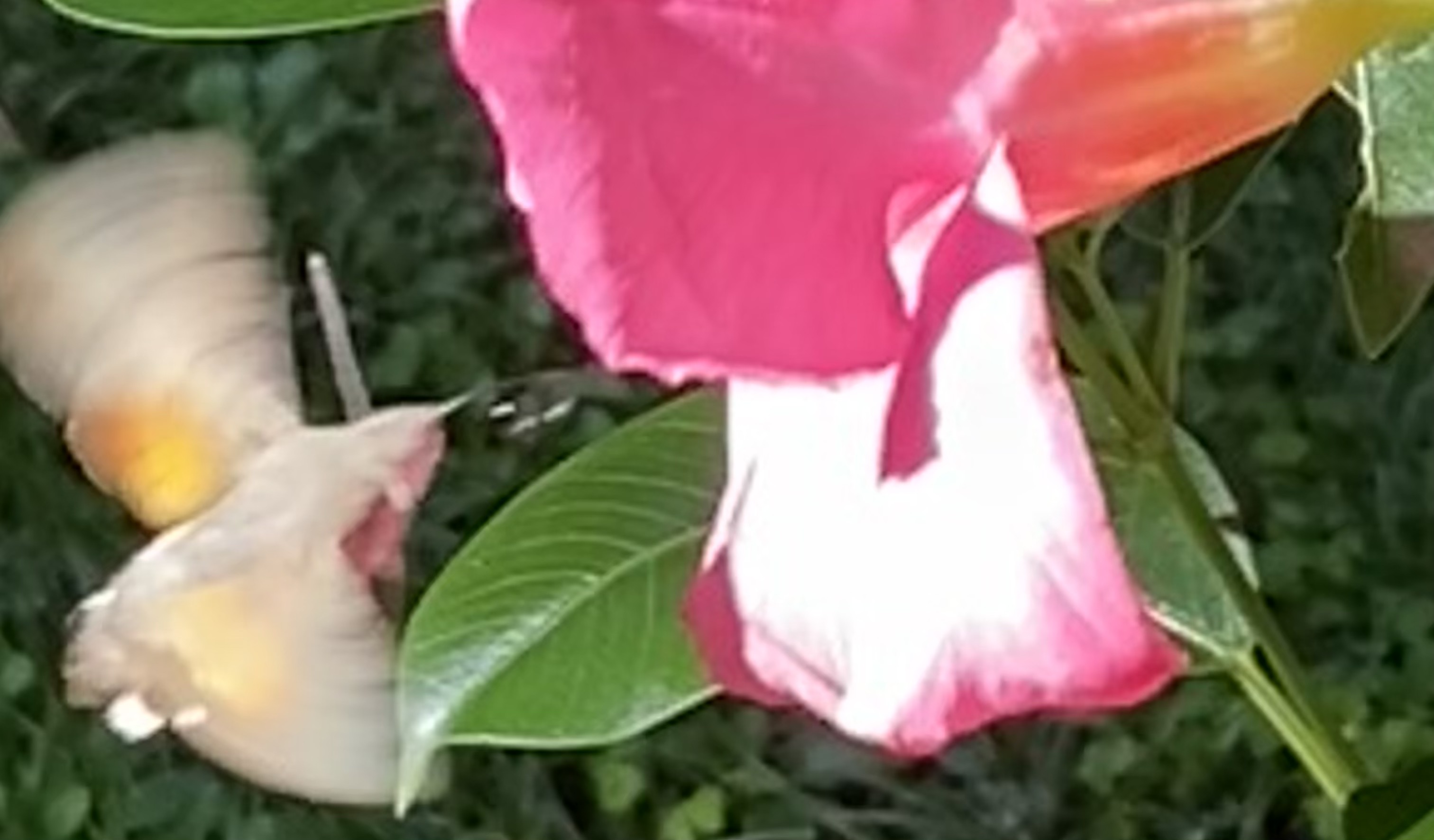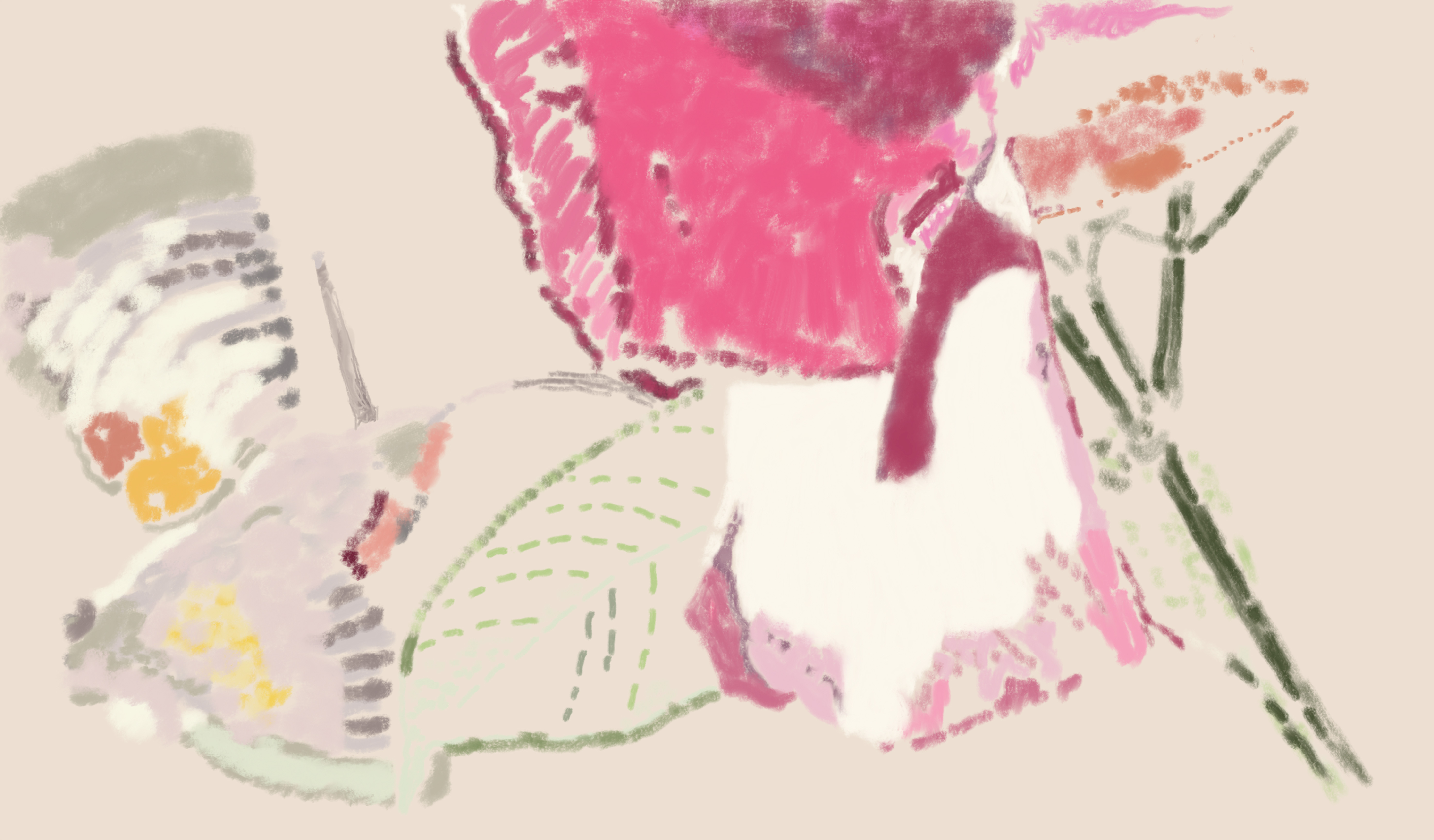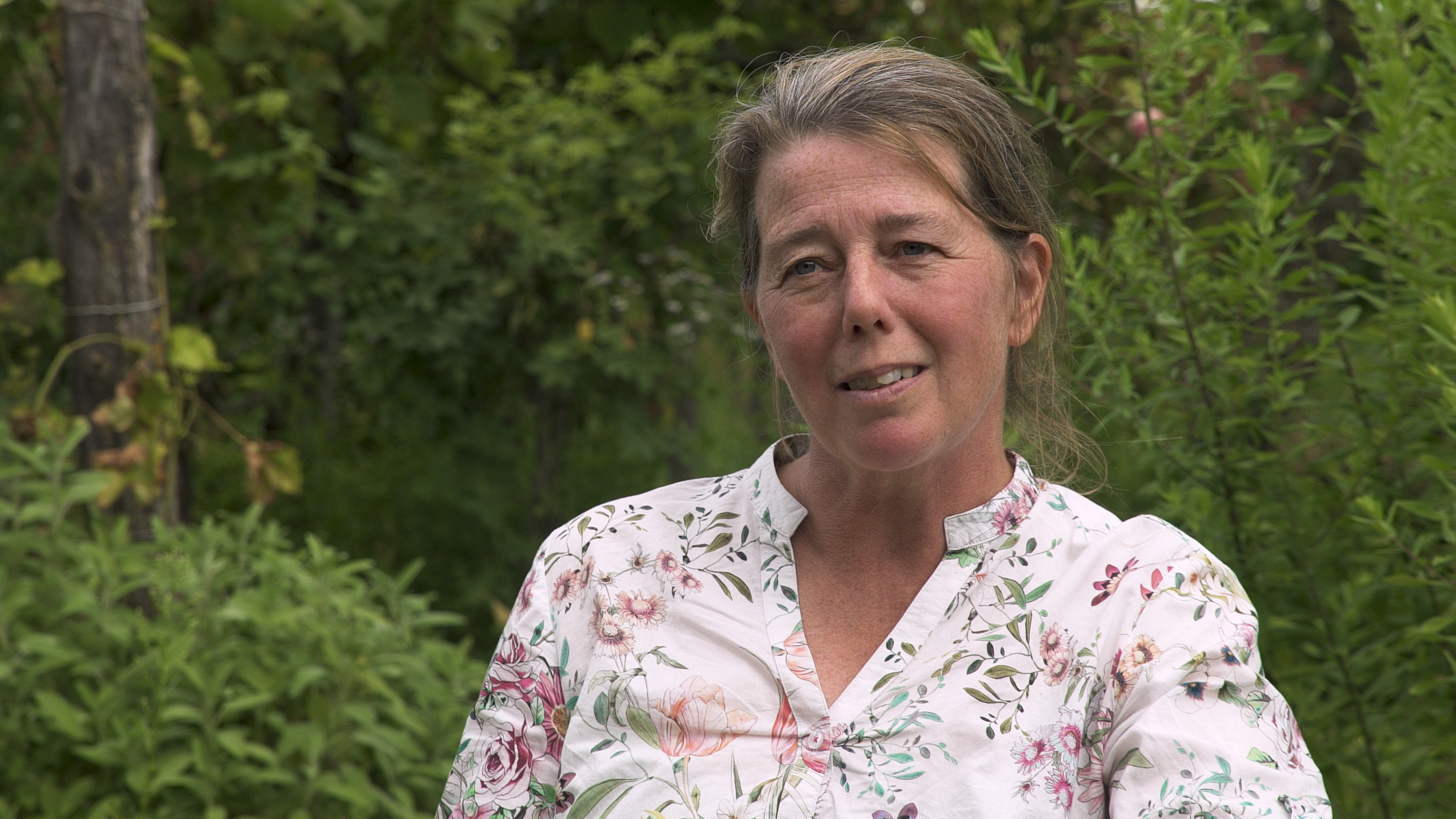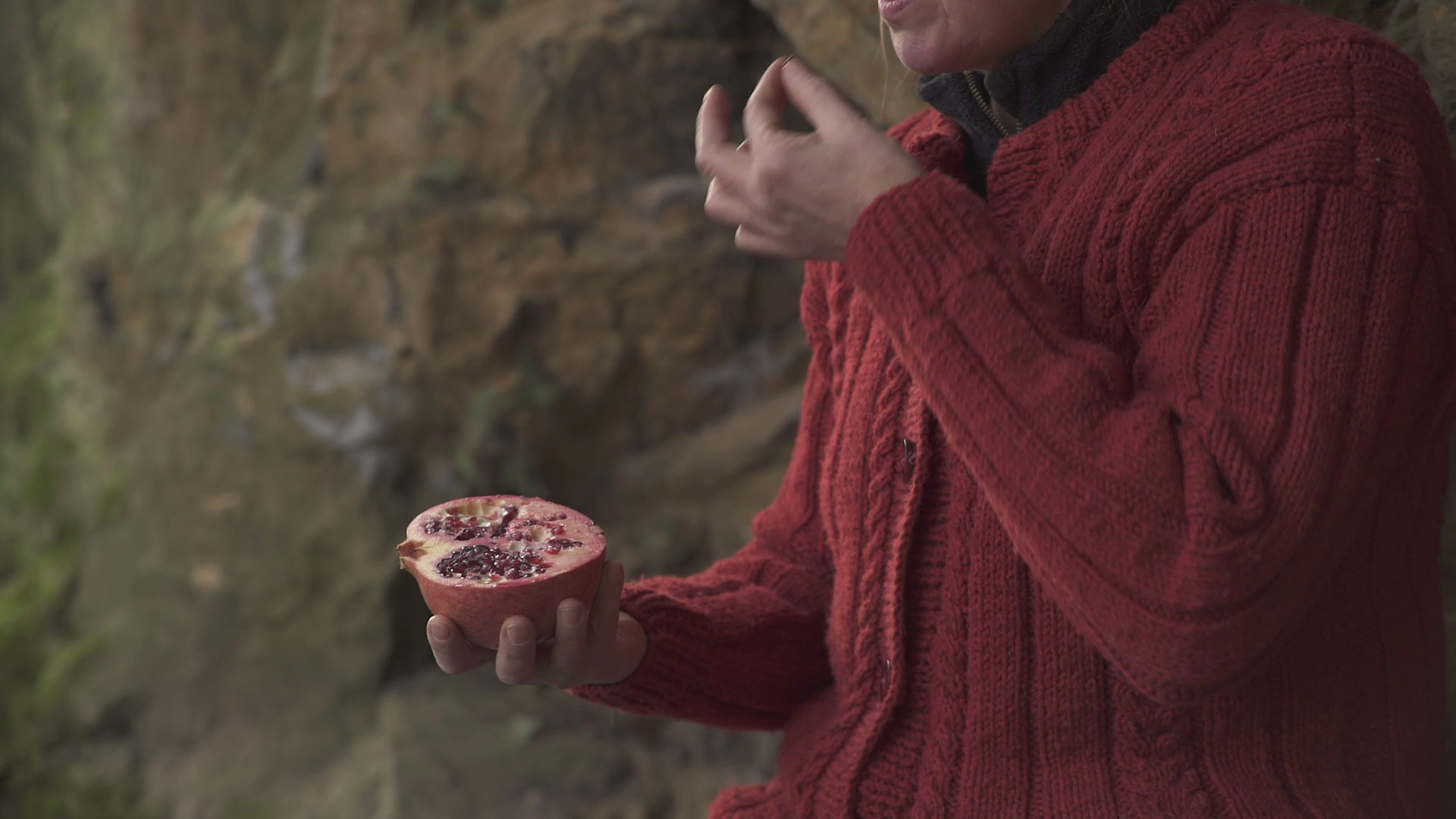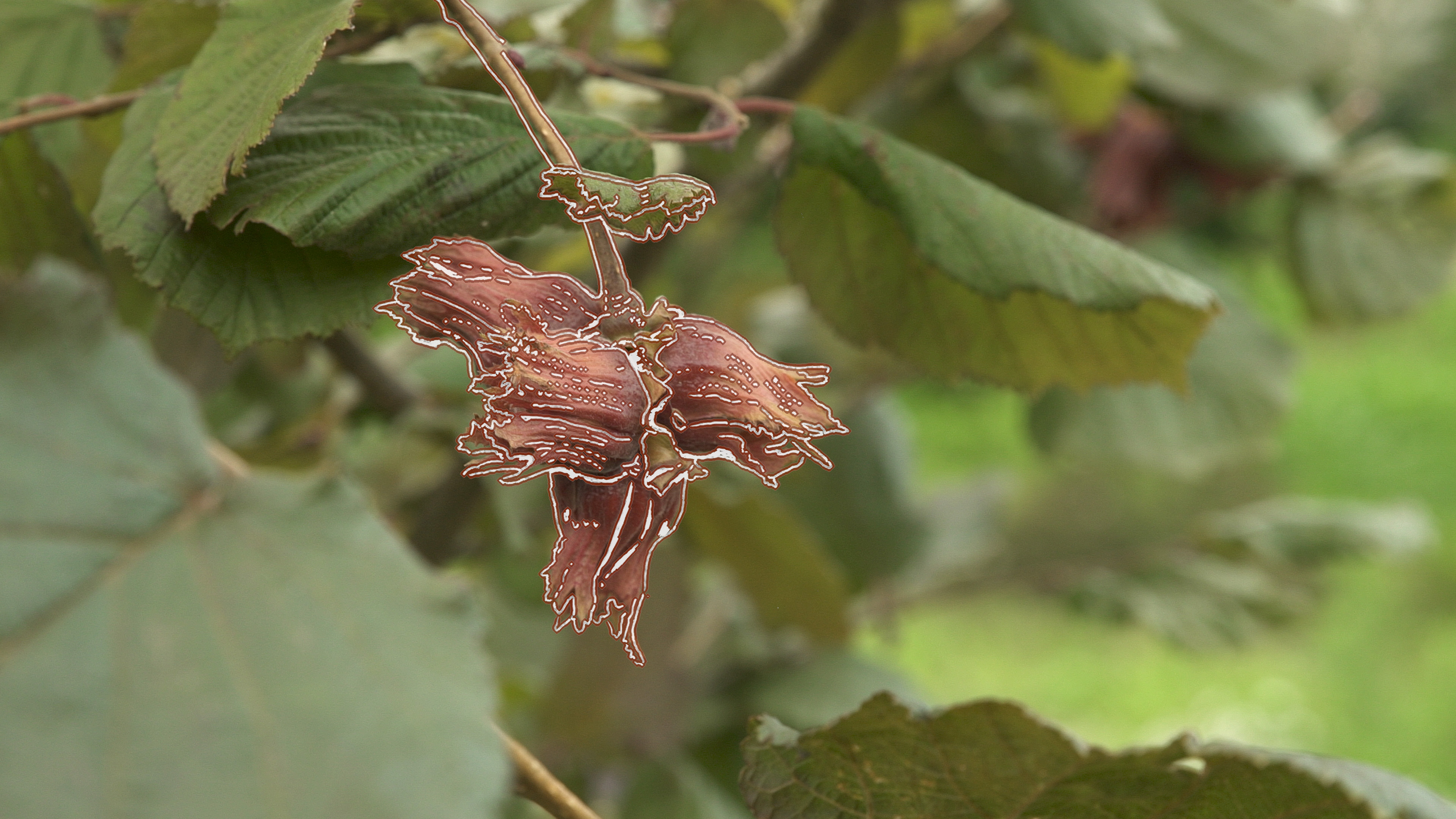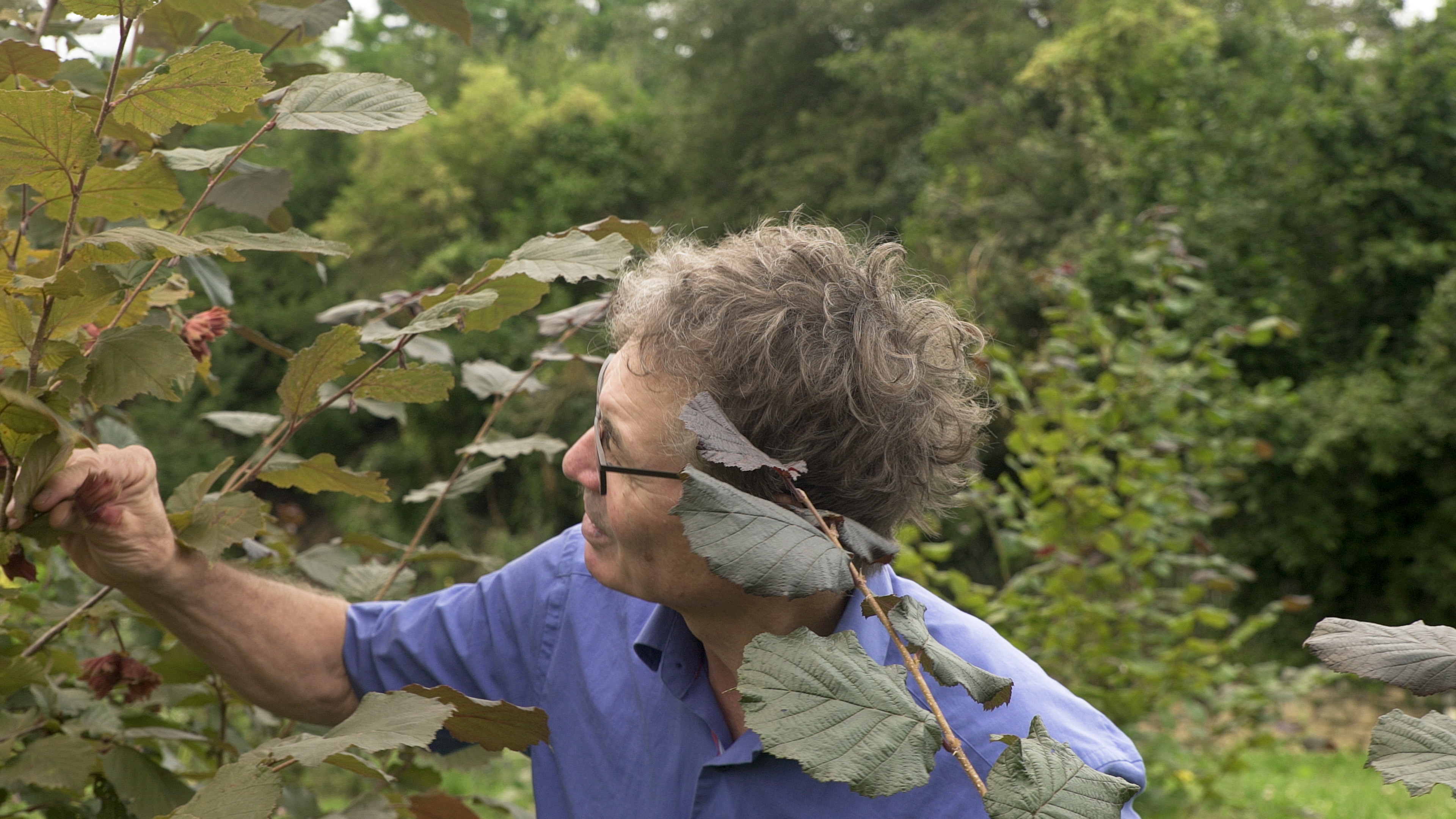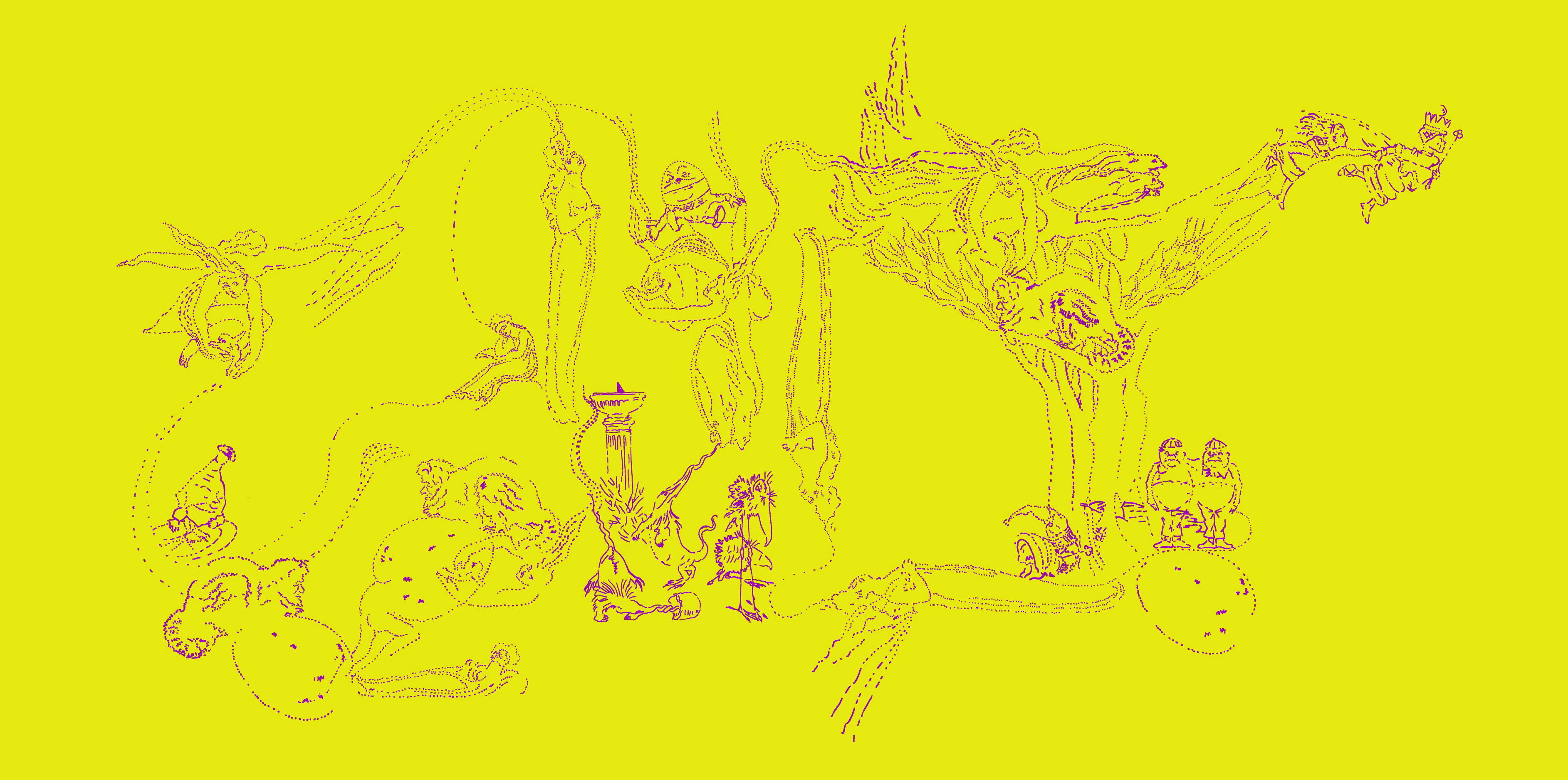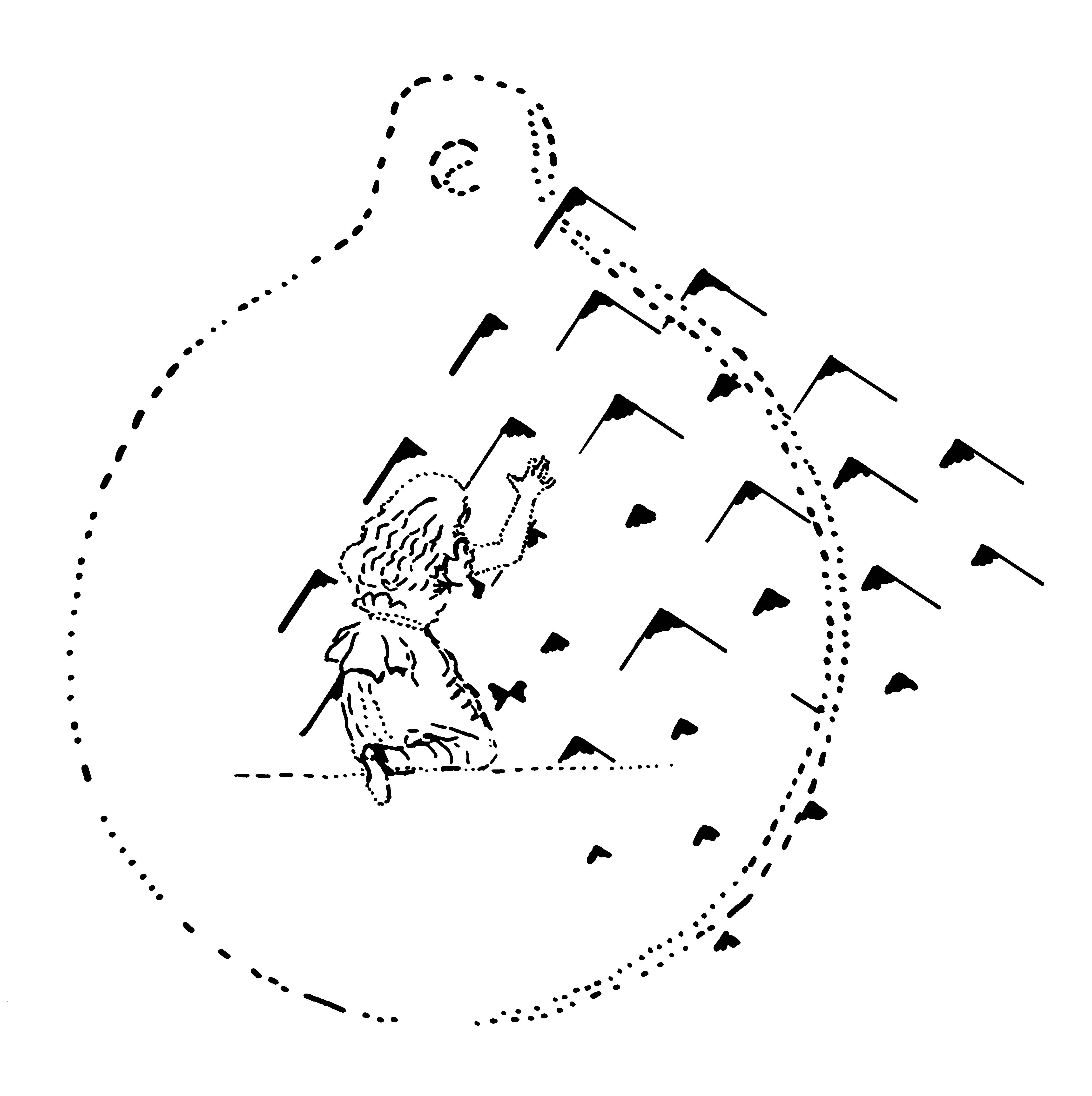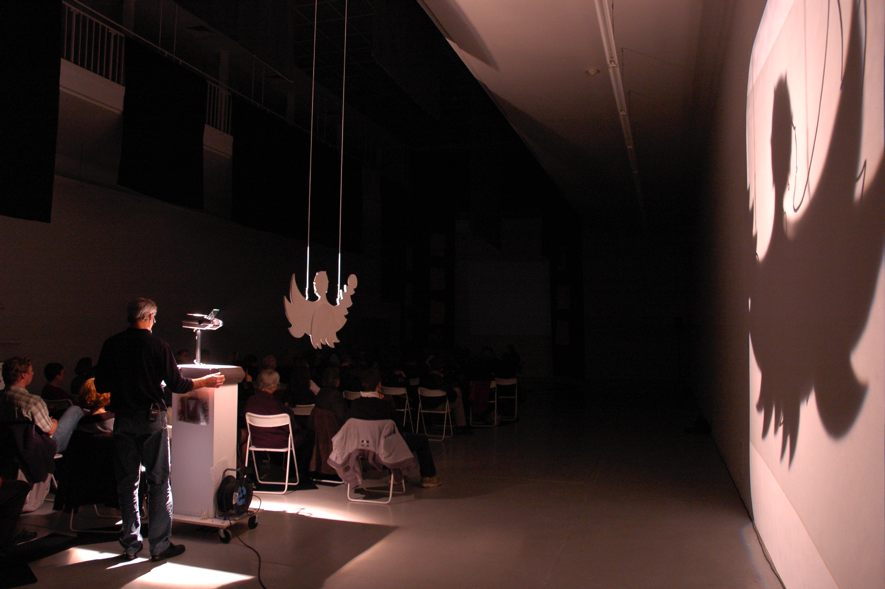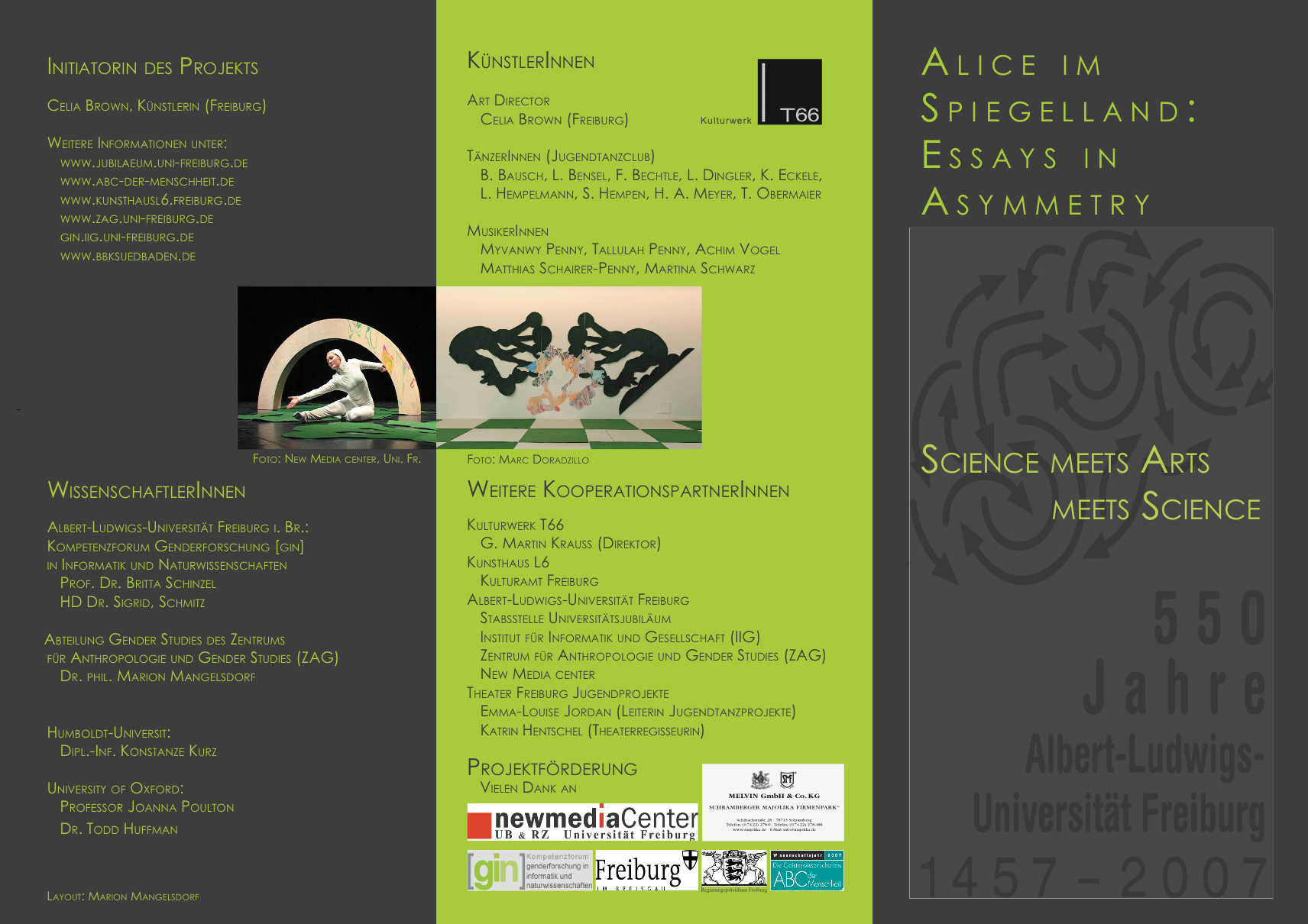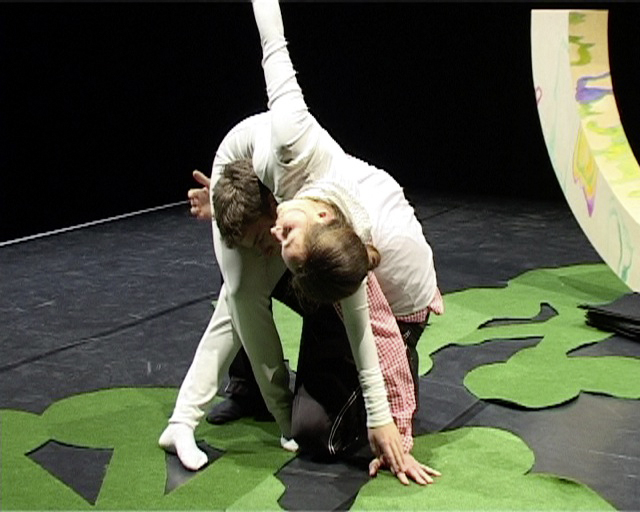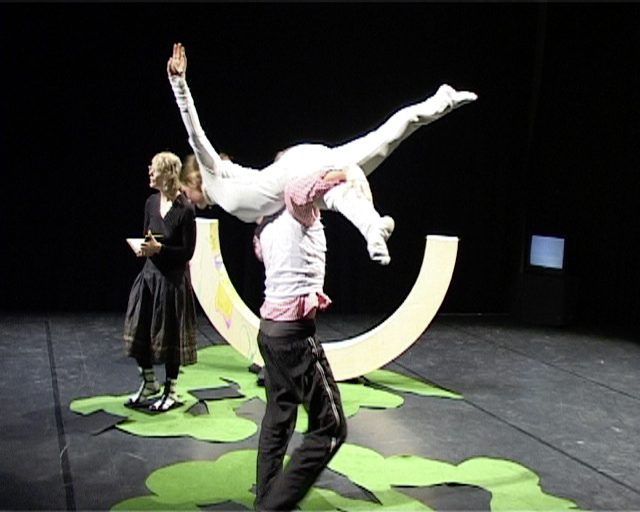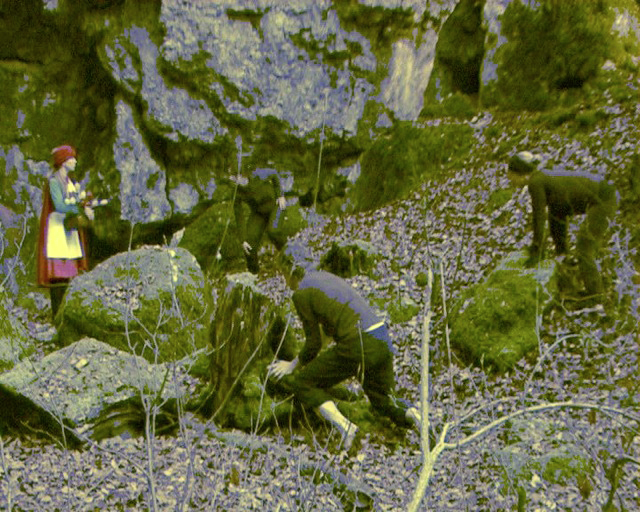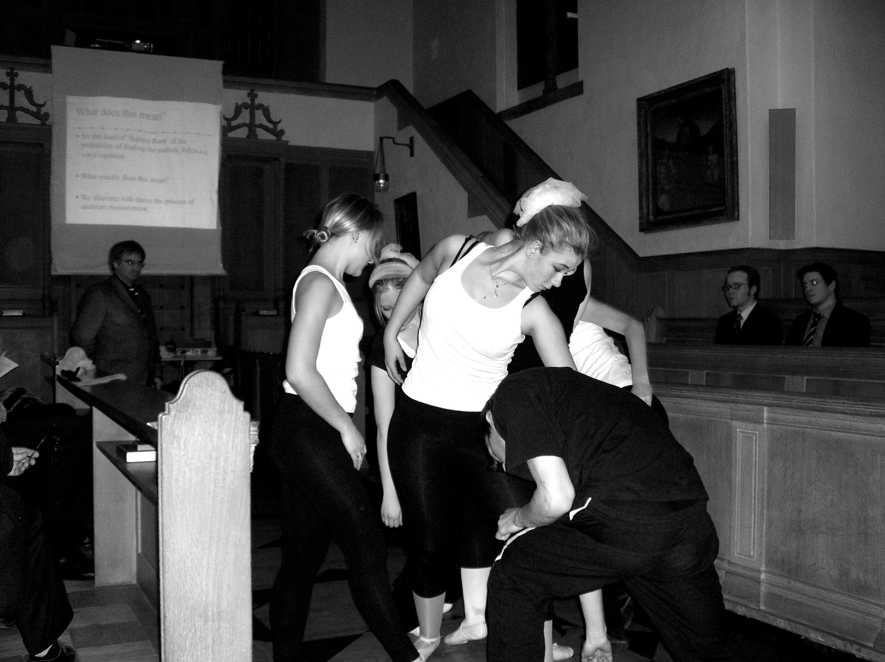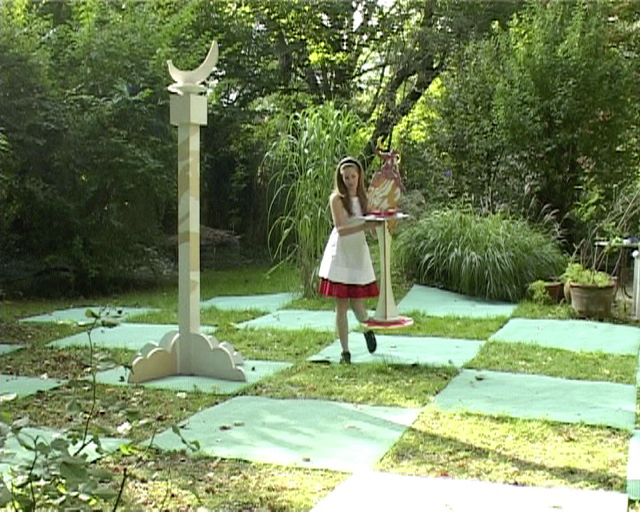films
„In general, film offers the possibility of combining textual information with visual imagery. This is a compelling option for making art works about phenomena that are invisible to the naked human eye, and/or not so well anchored in the public domain as to require no explanation. My films aim to be intelligible in a scientific sense, while at the same time prompting the imagination of the viewer, enticing them into these hidden and enigmatic realms. At the same time, the choreography of the interlocking textual and visual layers as it unfolds through time draws on my performance experience with music, dance and exhibitions of pictures. The wondrous technical feats of contemporary editing programmes are exploited to this end.“ Celia Brown, 2022
to Bee a Butterfly … live and still lifes
Film: Celia Brown, shot in the region of Freiburg, 2024, 3:20 minutes
Editing: Mike Schloemer
DoP: Celia Brown
Artworks: Celia Brown
Images: Hummingbird hawk-moth
Das Projekt nahm Bezug auf der Ausstellung „…wie Motten Das Licht“ Artforum3 sowie der Ausstellung „Kleiner Fuchs und Rosenkäfer“ bei Galerie G, Freiburg 2024.
to Bee a Butterfly … live and still lifes
Der Titel des Films ist von Jacques Derridas Buch, Das Tier, das ich also bin (Wien 2010) inspiriert. Der Unterschied zwischen Mensch und Tier war für Derrida viel kleiner als es die philosophische Tradition behauptet. Er begründete seine Sichtweise, indem er sich auf seine Katze bezog, die ihn ansah. In „to Bee a Butterfly“ übernimmt eine Biene diese Rolle.
Der Kurzfilm nutzt die Möglichkeit, ein Stillleben in das Live Bild eines Schmetterlings auf der Basis von iPhotos mit zeitlich versetzten Einzelbilder zu verwandeln. Von Jedem Foto wurde per Handzeichnung mit dem Digitalprogramm Procreate ein Gemälde angefertigt und im Film integriert. Die Transformation von einem echten Insekt durch Malerei scheint magisch oder sogar unheimlich.
Persephone am Tuniberg
Film: Celia Brown, shot at Weingut Vorgrimmler in Munzingen near Freiburg, 2022, 15 minutes
Editing: Mike Schloemer
DoP: Vincent Schulist
Artworks: Celia Brown
Wissenschaftliche Begleitung: Dr. Marion Mangelsdorf, Albert-Ludwigs-Universität, Freiburg; Prof. Joanna Poulton, University of Oxford
Das Projekt wurde gefördert durch ein Stipendium des Ministeriums für Wissenschaft, Forschung und Kunst Baden-Württemberg.
Persephone am Tuniberg
Die Gaia-Hypothese bietet ein Gegenentwurf zum Narrativ des Überlebenskampfs in der klassischen Interpretation des Darwinismus; sie betont Symbiosen in der Natur. Das Konzept wurde u.a. von Lynn Margulis in der Mikrobiologie entwickelt. Die Frühlingsanfänge in der Natur zeigen, wie die Grenze zwischen Leben und Tod zugunsten des Lebendigen überwunden wird. Die existentielle Notwendigkeit der Symbiose wird anhand des Persephone-Mythos – gespielt von der Winzerfrau – im mythologischen Rahmen verortet. Der Umgang mit Mikroorganismen auf einem biodynamischen Weingut, erklärt durch den Winzer, zeigt, wie dadurch ein Ökosystem gut funktionieren kann. Die Präsenz und Verwandlungen nicht sichtbarer Mikroben, Chloroplasten und Mitochondrien wird durch neugestaltete naturwissenschaftliche Grafik dargestellt, verfremdet und in malerischen Bildsequenzen eingebunden.
Gaias Glückspilze
Film: Celia Brown, shot at Weingut Vorgrimmler in Munzingen near Freiburg, 2021, 17 minutes
Editing: Mike Schloemer
DoP: Vincent Schulist
Artworks: Celia Brown
Wissenschaftliche Begleitung: Dr. Marion Mangelsdorf, Albert-Ludwigs-Universität, Freiburg
Das Projekt wurde gefördert durch ein Stipendium des Ministeriums für Wissenschaft, Forschung und Kunst Baden-Württemberg.
Gaias Glückspilze
Die Gaia-Hypothese bietet ein Gegenentwurf zum Narrativ des Überlebenskampfs in der klassischen Interpretation des Darwinismus; sie betont Symbiosen in der Natur. In Munzingen, einem ländlich geprägten Dorf nahe Freiburg, impft ein Winzer Bäume mit Trüffelsporen. Die Trüffel teilen lebenswichtige Funktionen mit ihren „Kooperationspartnern“, den Bäumen. Verortet zwischen Kunst und Wissenschaft untersucht der Film die symbiotischen Beziehungen in der Tier- und Pflanzenwelt und deren stofflichen Austausch. Das Winzerpaar erzählt, wie sie dadurch ohne Pestizide oder künstliche Düngemittel auskommen können. Die wundersamen Metamorphosen werden durch die digitalen Verwandlungen Zeichnungen und Objekten von Celia Brown gespiegelt.
Dee and Carroll’s Smoking Mirrors
Film: Celia Brown, 2021, 17 minutes
Lecture: written and narrated by Celia Brown
Editing: Mike Schloemer
Drawings and artworks: Celia Brown
Alice quotations and John Tenniel illustrations: Lewis Carroll, Through the Looking-Glass, 1871
First presented as part of the ‘Through the Looking-Glass Sesquicentenary Conference 2021’ in York, UK. The lecture is based on research for my book: Alice hinter den Mythen, Fink Verlag, Paderborn, 2015
Dee and Carroll’s Smoking Mirrors
Lewis Carroll’s looking-glass is a special kind of mirror: it dissolves into a kind of mist, allowing a human being to pass through. The mirror bears considerable similarity to an Aztec obsidian Smoking Mirror purportedly enabling communication with ‘other’ worlds. Carroll’s book collection shows that he was interested in ghost stories, astrology and spiritualist conundrums; was he familiar with John Dee’s smoking mirror, of Aztec origin, now in the British Museum? Elizabeth 1’s astrologer and consultant claimed he could make contact with supernatural beings he designated as ‘angels’ using this obsidian ‘shew-stone’ and thus scry into the future. Perhaps all the residents represent materializations of the long-deceased in history and myth, having also emerged through the mirror? Alice’s participation in a game of opposing chess pieces becomes an opportunity to hold up a spiritualist-scientific mirror to key historical debates about the nature of reality.
YouTube/Link zur Ansicht: Dee and Carroll’s Smoking Mirrors: A Lecture Performance by Celia Brown.
The Mitochondria’s Dream – Der Traum der Mitochondrien
Kunstverein Freiburg 2003
mit: Celia Brown, Professor Joanna Poulton, Joan Brüggemeier, Fiona Grudszus, Annette Merkenthaler Rüdiger Nolte, Robin Stockitt
Veranstalter: Dorothea Strauss und Jens Galler vom Kunstverein Freiburg
Lesung: Judith Fehrenbacher, Christian Schäffer
Fotos: Marc Doradzillo
Video / Kamera: Axel Schäffler
Video / Schnitt: Dagmar Kamlah
Mitochondrien sind kleine Kraftwerke. Sie befinden sich in allen lebenden Zellen und besitzen ihre eigene DNS. Celia Brown hat ihren Vortrag „Der Traum der Mitochondrien“ genannt, als ob Mitochondrien von ihrer Vergangenheit träumen könnten. Bildbeispiele, Schattenwürfe, Objekte, zwei Sprecher: Am Aufbau der Metamorphosen von Ovid angelehnt erleben die ZuschauerInnen die Mitochondrien durch eine Reise in 15 Teilen.
Alice in the Mirror – Alice im Spiegelland
550-year jubilee, University of Freiburg, 2007
Art Director / Initiatorin: Celia Brown
TänzerInnen: Jugendtanzclub: B. Bausch, L. Bensel, F. Bechtle, L. Dingler, K. Eckele, L. Hempelmann, S. Hempen, H. A. Meyer, T. Obermaier
MusikerInnen: Mywanwy Penny, Tallulah Penny, Achim Vogel, Matthias Schairer-Penny, Martina Schwarz
Fotos: Marc Doradzillo, New Media Center (Uni Freiburg)
WissenschaftlerInnen
Prof. Dr. Britta Schinzel, Albert-Ludwigs-Universität, Freiburg
HD Dr. Sigrid Schmitz, Albert-Ludwigs-Universität, Freiburg
Dr. phil. Marion Mangelsdorf, Albert-Ludwigs-Universität, Freiburg
Dipl. Inf. Konstanze Kurz, Humboldt-Universität, Berlin
Prof. Joanna Poulton, University of Oxford
Dr. Todd Huffman, University of Oxford
Alice im Spiegelland (Hg. Celia Brown & Marion Mangelsdorf) 2012
Alice in Mirrorland was conceived by scientists and artists within the context of a collective initiative entitled Science meets Arts meets Science and developed into a ‘total art work’. The topics – the six impossible things Alice thought before breakfast – are brought into focus in Lecture Performances, as we have called our presentations: mirror images and their asymmetry in current debates concerning nature – the body – and culture are addressed in a dialogue between cultural anthropologists, representatives of the arts – fine art, theatre, music and dance – the neuro- and molecular-sciences, informatics and physics.
The artist Celia Brown, for whom such adventures are an integral aspect of her art practice, collaborated with academics and other artists to launch this project at the 550 jubilee of the Albert Ludwig University of Freiburg in 2007. Alice in Mirrorland was framed by an exhibition of the same name that took place at the municipal gallery of Freiburg Kunsthaus L6. Six Lecture Performances were presented in a lecture hall at the university parallel to the show, from 20 June to 25 July, and these formed the basis of the book Alice im Spiegelland eds. Celia Brown & Marion Mangelsdorf, Bielefeld:transcript 2012
Alice in Brainland
E-Werk, Freiburg (Kunst im Kopf Symposium), 2005
Lecture: Prof. Sigrid Schmitz
TänzerInnen: Frederik Bechtle (Weißes Kaninchen), Larissa Dingler (Raupe)
Choreographische Beratung: Emma-Louise Jordan
Lesung: Celia Brown
Musik: Achim Vogel
Kostüme: Kim Schimpfle
Video / Kamera / Betreuung: New Media Center, Universität Freiburg
Lewis Carroll: „Who are you?“ said the Caterpillar.
Alice enters the land of metamorphoses and shifts in perception. A scientific sketch of brainland conducted as a conversation on video between Sigrid Schmitz and Celia Brown is interrupted by dance interludes performed within an artificial brainland on stage. The collage is completed by quotations from the story of Alice in Wonderland delivered by Alice as a player in the performance.
Alice and the Wolf
Lecture: Dr. Marion Mangelsdorf, University of Freiburg, 2007
Video: Celia Brown & Marion Mangelsdorf, shot in the Wolfschlucht near Kandern, Black Forest, 2007
TänzerInnen: Barbara Bausch (Alice/Rotkäppchen), Frederik Bechtle, Katja Eckeler, Laura Hempelmann, Sjaan Hempen, Helen Anna Meyer (Wölfe)
Choreographie: Emma-Louise Jordan
Musik: Myvanwy Ella Penny, Tallulah Penny, Matthias Schairer
Transport: Paul Meyer
Video / Kamera: Johannes Beyerle, Aljoscha Hofmann
Video / Schnitt: Aljoscha Hofmann
Video / Kamera / Schnittplatz: New Media Center, Universität Freiburg
Im Wald „in dem nichts einen Namen hat“ – in diesem Fall der Schwarzwald – verwandelt sich Alice in Rotkäppchen (Barbara Bausch) und trifft den Wolf. Ist der Wolf groß und böse, wird er sich als Rotkäppchens Oma verkleiden und sie auffressen? Nein, Alice bringt ihn als domestizierten Hund durch den Spiegel zurück.
In the wood ‘where nothing has a name’ Alice transforms into Little Red Riding Hood and meets a wolf. Is the wolf big and bad? Will it dress up as Red Riding-hood’s grandmother and eat her up? Not at all: Alice brings it back as a domesticated dog through the looking-glass.
Alice through a physics Looking-Glass: Die Welt im Spiegel
University of Freiburg 2007, Lady Margaret Hall, Oxford 2008
„Antimatter Alice in a Chesspiece-piece“, Lady Margaret Hall, Oxford 2013
Lecture: Prof. Todd Huffman
Technische Beratung: Helen Rose Wilson
TänzerInnen: Frederik Bechtle, Lisa Bensel, Katja Eckeler, Sjaan Hempen, Thomas Obermaier (Quantenwelle), Freiburg
Choreographie: Frederik Bechtle, Emma-Louise Jordan, Freiburg
TänzerInnen: Frederik Bechtle, Ceri Brenner, Karla-Luise Herpoldt, Rodina Peachey, Claire Thomas, Emily Wright, Oxford
Choreographie: Ceri Brenner, Celia Brown, Todd Huffman, Oxford
Musik: George Chambers
VoxNox: Laurel Braddock, Adele Foster, Geoffrey Lim, Suzie Sheehy, Bianca Summons, Ben Wingfield
Antimatter Alice dances in a chesspiecepiece as a quantum wave to a composition by George Chambers. The dancers take on the task of representing quantum states, travelling through space as a fluid group. The shape of this “wave” changes through time as the dancers make their own decisions about where to move. The physicist intervenes in order to demonstrate the result of a measurement on a quantum system. A Humpty Dumpty dance demonstrates why it should be impossible for time to go backwards in the quantum world. The dancers then separate into black and white chess pieces and make mirror image movements. When one figure meets its opposite, she or he lays down on the floor of the lecture hall. Finally, matter and antimatter cancel each other out leaving Alice and the scientist as the survivors.
Lewis Carroll: “Things flow about so here”
As the dancers move they represent the motion of the wave function which represents the probability of finding the particle rather than the motion of the particle itself. The process of measurement causes the wave function to collapse revealing the location of the particle. When matter and antimatter encounter one another, they annihilate in a burst of energy. The game of chess will be played to its ultimate conclusion: the creation of the Universe.
Alice im Spiegel – Kommunikation im Spiegel
Lecture: Prof. Sigrid Schmitz, Prof. Britta Schinzel, Dr. Celia Brown, Dr. Constanze Kurz
Schauspiel: Lisa Bensel (Alice), Traute Hensch (Weiße Königin), Britta Schinzel (Schwarze Königin)
TänzerInnen: Frederik Bechtle, Lisa Bensel, Sjaan Hempen (Körper/Seele/DNA von Alice) Helen Anna Meyer (Skelett)
Choreographische Beratung: Emma-Louise Jordan
Musik: Martina Schwarz (eigene Komposition)
Video / Schnitt: Aljoscha Hofmann
Video / Kamera / Schnittplatz: New Media Center Universität Freiburg
In “Mirrorland”, Britta Schinzel, Professor for Informatics, transforms into the Red Queen through the looking-glass and delivers her lecture in this role to the video camera. Armed with a chip-card and ruler, she marks out the squares of the chessboard. Alice moves across the squares and interprets the communication between head and a rebellious body-skeleton in a dance duet. Celia Brown and Sigrid Schmitz attempt to capture the meaning and interconnection of “I” and “Egg”. Meanwhile, Britta Schinzel and Constanze Kurz discover 6 impossible virtual things. Finally, the Red Queen sitting at her computer conducts the dance via a transponder which is apparently able to communicate with the RFID chip in the chip-card of the University of Freiburg.
